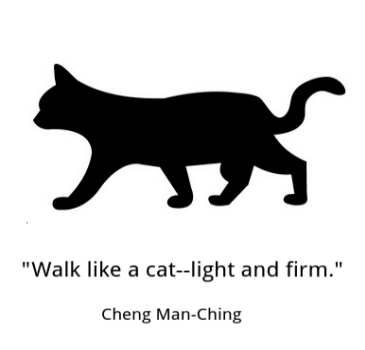Kua Squats May Hold Off Dementia
Evidence is beginning to show that long term practice of T’ai Chi can affect brain structure and function, possibly helping to stave off cognitive decline and dementia as we age.(1) But, how does it do this? One way is by increasing blood flow to the brain. Increased cerebral blood flow [...]



